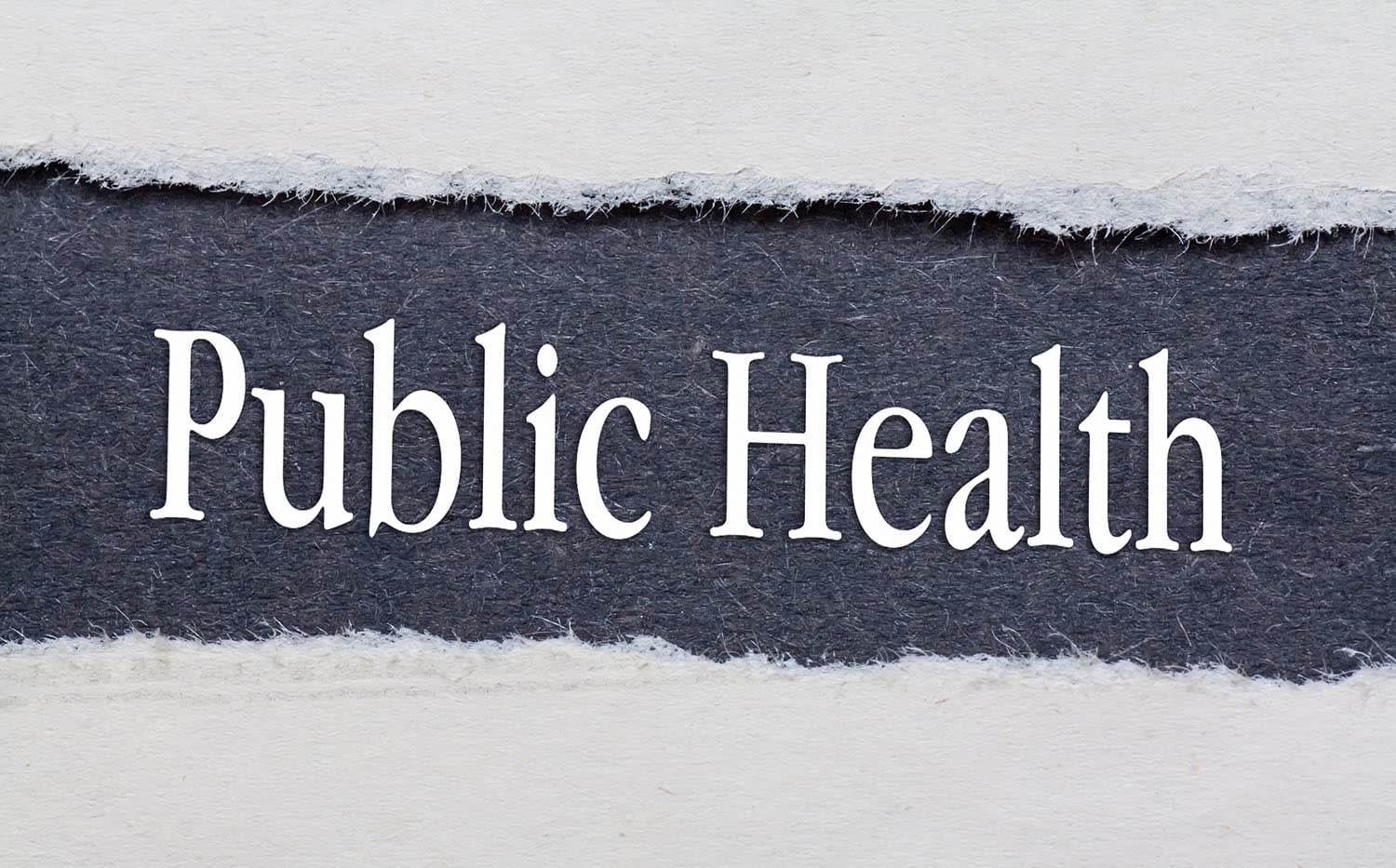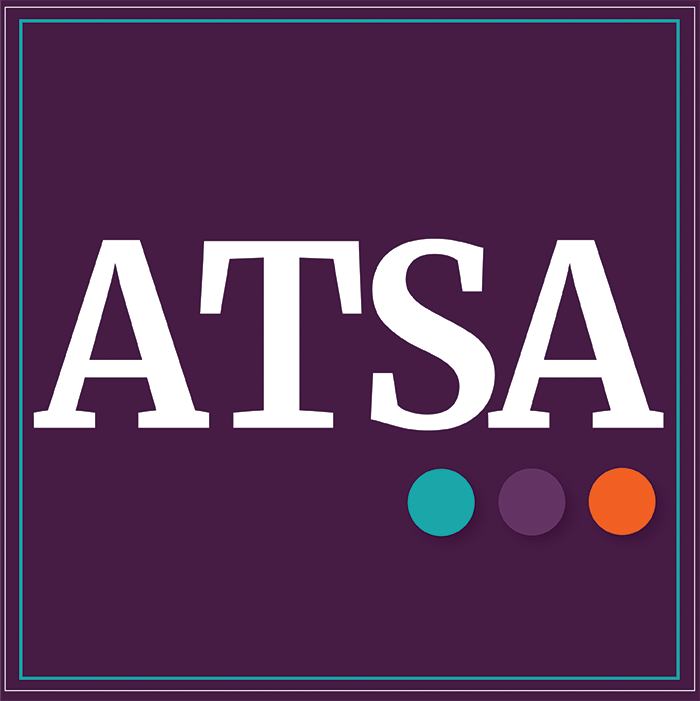
Can a Public Health Campaign Impact the Use of CSEM?
By David Thornton
This article is a continuation of the series in the ATSA FORUM’s Researchers’ Corner in which I highlighted recent published scientific research and summarized it in a way to make it intelligible to clinicians. This article is about Newman et al. (2023)’s investigation of the impact of a Public Health campaign on the viewing of online Child Sexual Exploitation Material (CSEM).
CSEM is easily available online. There are legal penalties for viewing it in most jurisdictions. However, Newman et al cite published statistics indicating that the problem “is extensive and increasing” (e.g., EUROPOL, 2020). This may reflect that people who view CSEM material commonly see this as having no negative consequences either for themselves or for the children depicted in the images (Bailey et al., 2022).
Newman et al.’s paper describes the use of a public health campaign to connect people with services provided by Stop it Now! UK and Ireland. These services are modeled on the US Stop it Now! Program and were established by the Lucy Faithfull Foundation. They include a helpline service that offers information and advice for anyone concerned about their own or others behavior. In 2015 a Get Help website was added that includes self-help resources.
The public health campaign launched in 2015 and involved brief films describing the problem posed by online CSEM and the availability of the Stop it Now! services via the helpline and the website. Extensive coverage through national television and newspapers was achieved. Additionally, services were advertised through social media.
Evaluation of the effect of the public health campaign was achieved by having periods when the campaign was active and periods when it was inactive. There were three active campaign periods (October to March 2016, September to March 2017, and September to May 2018) and inactive “evaluation” periods between the first and second and second and third active periods. Rate of usage of the helpline and the website could be compared between active and inactive periods. In addition, those contacting the website were asked to complete a survey.
The main findings were as follows:
- Both the helpline and the website received a lot of activity during the 2015 to 2018 study period:
- Over 11,000 unique individuals called the helpline.
- Over 100,000 individuals accessed the website.
- Those contacting either helpline or the website were disproportionately young men.
- The two primary ways individuals heard about the helpline were from the police and from the website.
- The average daily number of individuals calling the website was higher during the initial campaign. Thereafter the daily number of callers did not seem to be affected by whether a campaign was active.
- In contrast, the number of website users rose during each campaign period and was lower when the campaign was not active.
- Only a small number of those accessing the website completed the survey (252 in total). Of these, 215 said that they had visited the website for reasons related to their own behavior. For about half of these individuals this followed their being arrested.
- For those who contacted the website and who were concerned about their own behavior, about two-thirds said they had changed their behavior since being exposed to the Stop it Now! campaign. Typically, this involved stopping viewing CSEM images and sometimes also seeking help.
Public health campaigns like this are difficult to evaluate and the authors are to be congratulated on their efforts. Nevertheless, as they acknowledge, other events may have incidentally coincided with the campaigns. One particular complication is that each of the three periods that the campaign was active was more or less the same part of the year while the inactive periods were at a different time of the year. There may be seasonal effects on website usage. For example, one might speculate that it might be less common in summer when the weather makes outdoor activities more attractive. Another notable limitation is that the numbers completing the survey are so small relative to the numbers who contacted the website that that the survey results are unlikely to be representative.
The most striking aspect of the findings is the huge number of individuals that accessed the website. This suggests that creating websites like this and combining them with campaigns to draw attention to the website is potentially a valuable way of connecting people with information and services. Further, the much greater take up of the website than the helpline suggest that self-help resources provided through a website may be more attractive to people who have not (yet) been arrested.
References
Bailey, A., Allen, L., Stevens, E., Dervley, R., Findlater, D., & Wefers, S. (2022). Pathways and prevention for indecent images of children offending: A qualitative study. Sexual Offending:Theory, Research, and Prevention, 17, 1–24. https://doi.org/10.5964/sotrap.6657
EUROPOL. (2020). Internet organised crime threat assessment. https://www.europol.europa.eu/cms/sites/default/files/documents/internet_organised_crime_threat_assessment_iocta_2020.pdf
Newman, E. F., Efthymiadou, E., Quayle, E., Squire, T., Denis, D., Wortley, R., Beier, K. M., & Koukopoulos, N. (2023). The Impact of a Public Health Campaign to Deter Viewing of Child Sexual Abuse Images Online: A Case Study of the UK Stop It Now! Campaign. Sexual Abuse, 0(0). https://doi.org/10.1177/10790632231205784
